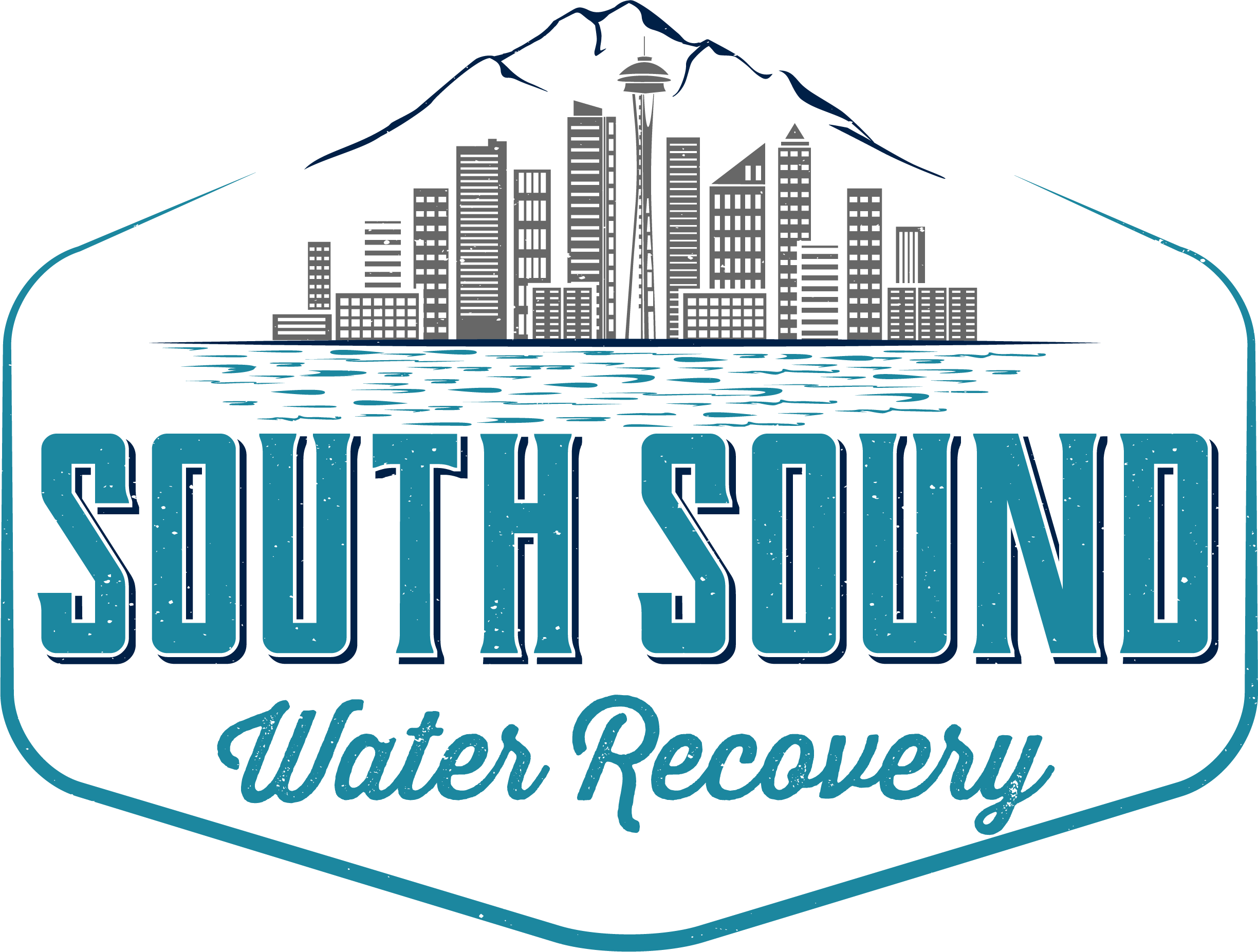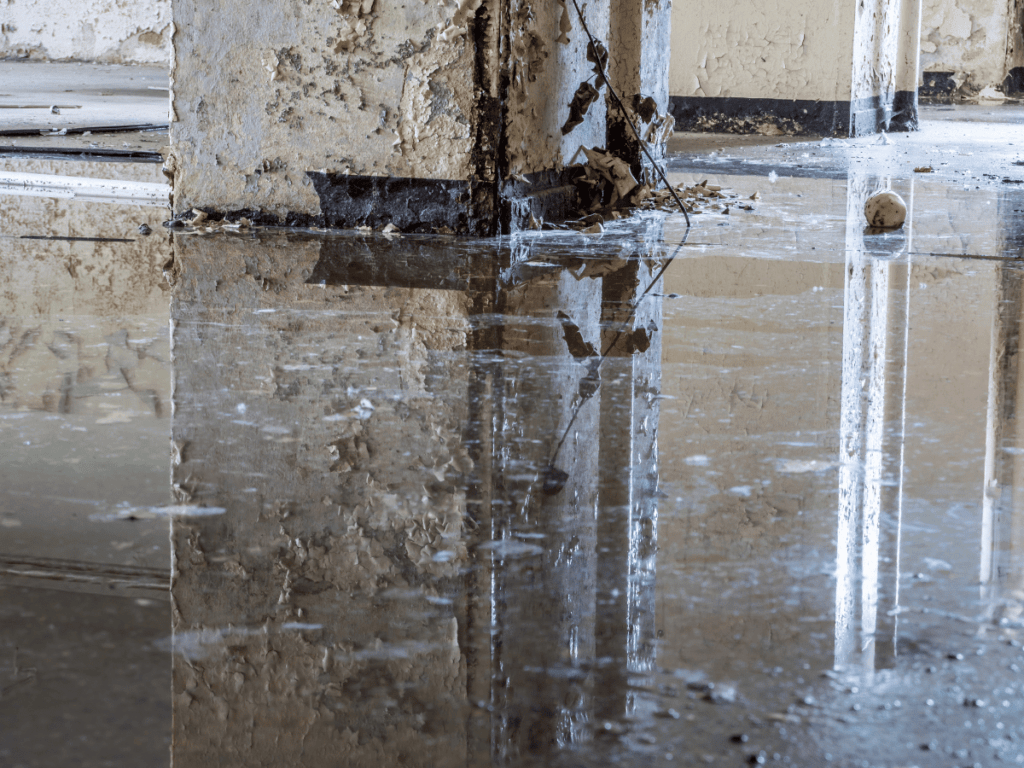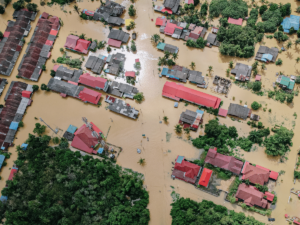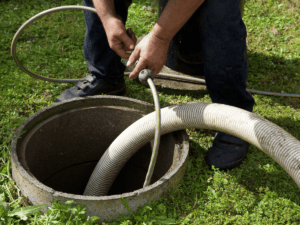When dealing with water damage in your home or business, it’s crucial to understand the difference between water mitigation and water damage restoration.
Both processes are essential for effectively addressing water damage, but they serve different purposes and involve distinct steps.
This guide will explain water mitigation vs. water damage restoration, highlight the differences, and provide insights into their respective processes and services.
Understanding Water Mitigation
Water mitigation refers to the process of preventing further damage to a property following water intrusion. This process involves taking immediate steps to minimize water damage and prevent secondary issues such as mold growth, structural instability, and health hazards.
Water damage mitigation services are a critical first step after an emergency or natural disaster to stabilize the affected area.
Key Aspects of Water Mitigation:
- Immediate Action: Water mitigation efforts start as soon as possible to prevent further damage.
- Removal of Standing Water: Using pumps and vacuums to remove standing water from the property.
- Drying and Dehumidification: Utilizing drying equipment such as dehumidifiers and air movers to completely dry the area.
- Boarding Up and Tarping: Securing the property by boarding up broken windows and tarping loose roof shingles and broken branches.
- Mold Prevention: Applying antimicrobial treatments to prevent mold and mildew from spreading.
- Debris Removal: Clearing out debris like broken branches, loose roof shingles, and damaged materials.
Understanding Water Damage Restoration
Water damage restoration, on the other hand, involves repairing and restoring the property to its pre-damage condition. The restoration process starts after the mitigation process is complete and the area is dry. Restoration aims to repair or replace damaged property, ensuring that the home or business is safe and habitable again.
Key Aspects of Water Damage Restoration:
- Assessment and Planning: Detailed evaluation of the extent of the damage and creating a restoration plan.
- Structural Repairs: Fixing water-damaged walls, floors, and ceilings, and reinforcing weakened structures.
- Cleaning and Sanitizing: Disinfecting affected areas to remove contaminants and residual smoke and soot.
- Restoration of Contents: Cleaning, repairing, and restoring carpets, furniture, and other personal belongings.
- Final Inspections: Ensuring that all repairs are done properly and the property is safe for occupancy.
Water Mitigation vs. Water Damage Restoration: What’s the Difference?
Water Mitigation:
- Focuses on preventing further damage.
- Involves immediate actions like water removal, drying, and debris removal.
- Utilizes professional equipment and trained specialists to stabilize the property.
- Includes boarding up and tarping to protect the property from elements.
Water Damage Restoration:
- Focuses on repairing and restoring the property.
- Involves detailed assessments, structural repairs, and cleaning.
- Utilizes professional restoration services to return the property to its pre-damage state.
- Includes the restoration of personal belongings and final inspections.
The Water Mitigation Process
The water mitigation process involves several steps to ensure the property is protected from further damage:
- Initial Assessment: Evaluate the extent of the damage and determine the best course of action.
- Water Removal: Use pumps and vacuums to extract standing water from the property.
- Drying and Dehumidification: Employ drying equipment to ensure the area is completely dry.
- Cleaning and Sanitizing: Disinfect affected areas to prevent mold growth and remove contaminants.
- Debris Removal: Clear out damaged materials and debris to prevent further hazards.
- Boarding Up and Tarping: Secure the property by boarding up broken windows and tarping exposed areas.
The Water Damage Restoration Process
The water restoration process involves the following steps to repair and restore the property:
- Detailed Assessment: Conduct a thorough evaluation of the damage to create a restoration plan.
- Structural Repairs: Fix water-damaged walls, ceilings, and floors.
- Cleaning and Sanitizing: Disinfect areas affected by water to remove contaminants.
- Restoration of Contents: Clean, repair, and restore personal belongings.
- Final Inspections: Ensure all repairs are completed, and the property is safe for occupancy.
Mitigation and Restoration Services
Combining mitigation and restoration services ensures a comprehensive approach to handling water damage. This combination is essential for effectively addressing the immediate and long-term impacts of water damage. Here’s how:
- Professional Equipment and Trained Specialists: Both processes require specialized equipment and skilled professionals to achieve the best results.
- Preventing Further Damage: Immediate mitigation efforts help prevent further damage, while restoration services focus on repairing and restoring the property.
- Health and Safety: Ensuring that mold or mildew doesn’t spread and that the property is safe and habitable.
- Cost of Mitigation: While mitigation services can be costly, they are crucial for preventing further, more expensive damage.
- Insurance Claims: Properly documenting and executing both mitigation and restoration can help ensure that insurance claims are processed smoothly and effectively.
Common Misconceptions About Mitigation
There are several common misconceptions about mitigation and restoration that need clarification:
- Misconception 1: Mitigation alone is sufficient.
- Reality: While mitigation is crucial, it’s only the first step. Restoration is necessary to return the property to its pre-damage condition.
- Misconception 2: The property will naturally dry out.
- Reality: Moisture can remain trapped without professional drying equipment, leading to mold growth and structural damage.
- Misconception 3: Mitigation is less important than restoration.
- Reality: Mitigation prevents further damage and reduces the overall cost and scope of restoration.
Conclusion
Understanding the difference between water mitigation and restoration is essential for effectively handling water damage in your home or business.
Both processes are vital, with mitigation focusing on preventing further damage and restoration aiming to repair and restore the property.
By combining professional mitigation and water restoration services, you can ensure that your property is properly restored and protected from future damage.
Remember, immediate action is crucial to minimize damage and ensure a succes
